Chickens for Sale: Top Ten Things To Consider When Buying Chickens For A Smallholding
When buying chickens for your smallholding or back garden, there are several important factors to consider ensuring that you choose the right birds for your needs and provide them with a happy and healthy home. Here at Pipinchick, the team has put together the top ten things to consider when buying chickens for your smallholding or back garden:
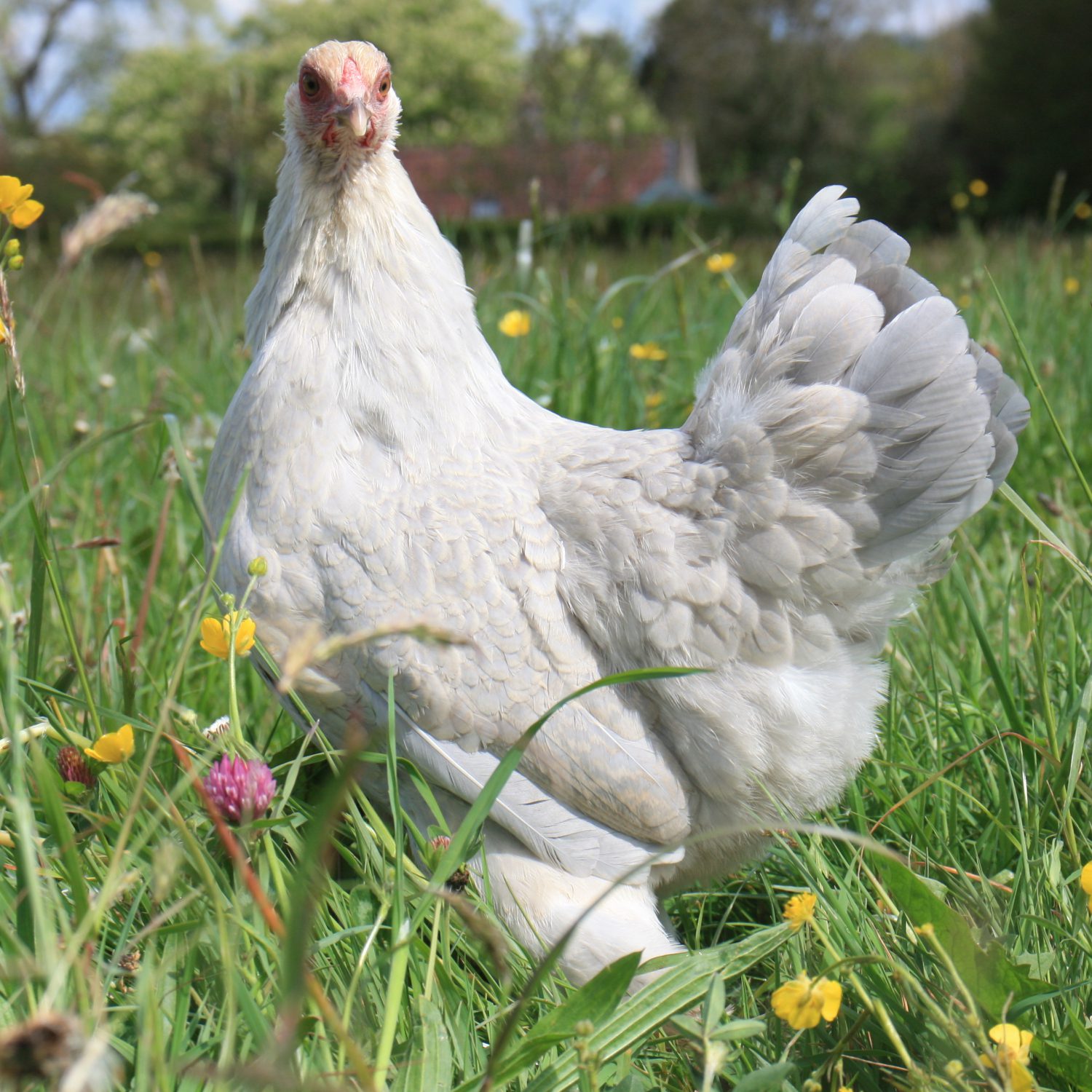
1. Breed Selection
Begin by selecting a chicken breed that suits your goals. Common breeds in the UK include Sussex, Rhode Island Red, Silkies, Bantams, Orpington, and Leghorn… among others. All breeds do have different personalities and requirements so ensuring you select the correct breed for your small holding is essential. To do this you need to consider factors like egg production, space, housing, breed compatibility and temperament. To help you, you can always use our breed selector.
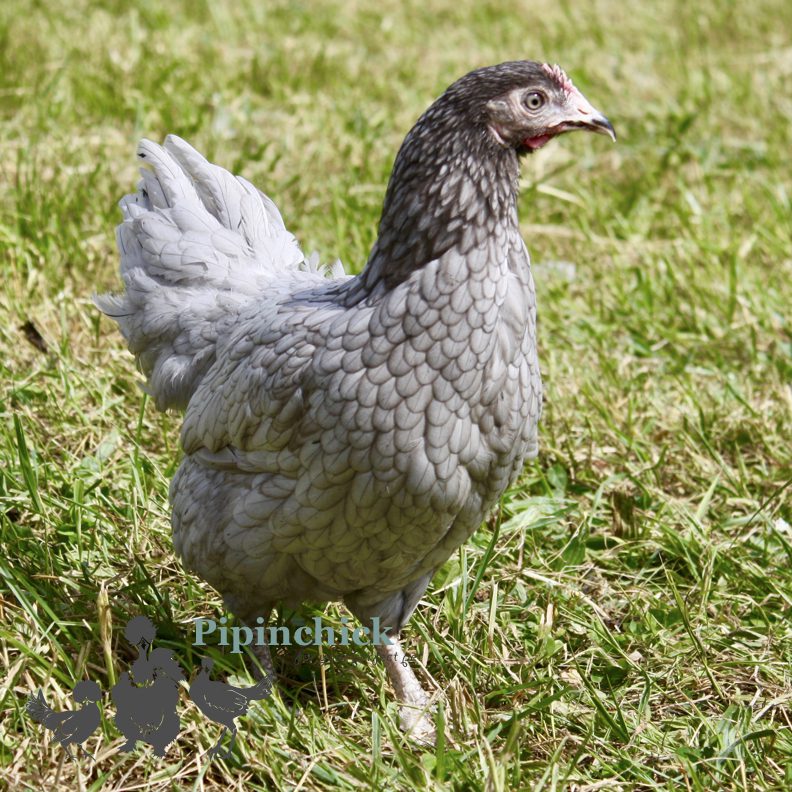
2. Space and Housing
Plan your chicken coop and run carefully. Chickens need protection from predators and shelter from the weather. Make sure you have enough space for the number of chickens you want to keep. Generally, the outdoor space is more important than the space in the house, as long as you follow the manufacturer’s recommendations regarding house space you should be fine, bear in mind not all birds will roost in the house so floor space is more important when buying flightless birds such as Silkies, frizzled feathered, Brahmas and Cochins as these birds will most likely nest on the floor of the house.

The run space is more important as this is where they will spend the majority of their time, at Pipinchick we recommend 1 mtr sq per bantam or small bird and 2 mt sq per large breed and with giant breeds such as Brahma, Cochin etc… You may need to look at 2.5 – 3mtr sq per bird. At Pipinchick we believe the best set up is a suitable house inside a secure walk in run, this allows you to get in with your hens, interact with them, cover their run area adequately during Avian Flu flock downs and will also allow for easy cleaning and hen maintenance, you can then also utilise the vertical space with perches, swings and climbing ledges for the flight birds effectively doubling you run space.
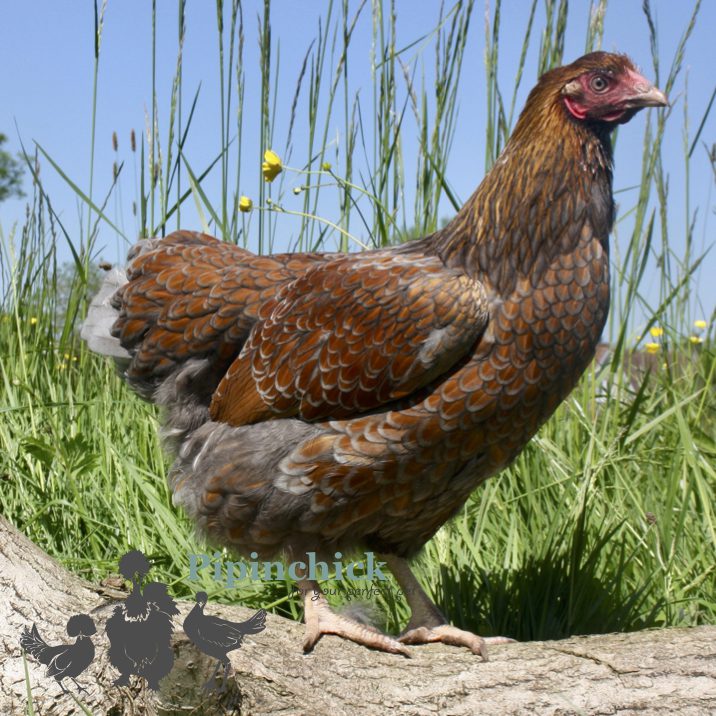
3. Regulations
Check local regulations and bylaws regarding chicken keeping. Some areas may have restrictions on the number of chickens you can keep or specific coop requirements.
4. Sourcing Chickens
Decide whether you want to buy chicks, pullets (young hens), or mature hens at point of lay (POL). Each has its advantages and considerations. Choose reputable sources that have chickens for sale or hens for sale like hatcheries, breeders, rearers or rescue organisations. At Pipinchick, we ensure all our birds are healthy and vaccinated and we rear all our hens from chicks ensuring they are well socialised and ready for you to have as pets or layers.
5. Health and Biosecurity
Learn about common chicken diseases and how to prevent them through biosecurity measures. Quarantine new birds before introducing them to your existing flock to prevent disease spread, this is relevant if you are buying breeds from multiple places, never buy unvaccinated hens.
6. Feeding and Nutrition
Provide a balanced diet with commercial chicken feeds that meets their life stage requirements (starter crumb, grower, layer). Chickens should be fed the relevant pellet feed as 80-90% of their overall diet. You can then add treats and supplements top, but be careful over treating, too much can cause runny bottoms, fat gain, halt in egg production and can stop your hens eating their pellet feed. Some foods you can treat include, melon, berries, corn, seeds, oats and edible flowers. Do not feed anything from the nightshade family such as potatoes, tomatoes, peppers they can also not have avocado skins or pits, dried beans or legumes, apple seeds, apricot pits or leaves or processed human foods like chocolate, cake etc...
7. Egg Production
If egg production is your goal, consider breeds known for high egg production such as Hybrids, always bear in mind Hybrid chickens will lay prolifically for up to 3 years when they tend to slow or stop completely, this can also be accompanied with additional health problems such as egg peritonitis or egg binding, they also require a lot of room as they are foraging breed and need space. Pure breeds will ley less a week and tend to stop for longer periods, during the winter, however, their natural cycle can continue for up to 10years, they also tend to fair better in smaller areas and like more human interaction. Ensure you offer plenty of nesting boxes that are in quiet, darkened locations and that they are clean, comfortable, and easily accessible for egg collection.
8. Social Behaviour
Chickens are social animals and thrive in flocks. Keep at least two or three birds to prevent loneliness. Breen compatibility is important so always ask your Pipinchick team what breeds can work together or check our Breed Compatibility guide on our website. Observe and manage any aggressive or bullying behavior among your flock, don’t be shy, feel free to ask us for any help needed if you do have bully birds in your flock.
9. Daily Care
Be prepared for daily tasks like feeding, watering, and egg collection. Regularly cleaning of the coop and run and provide fresh bedding once a week.
10. Predators and Security
Protect your chickens from predators like foxes, badgers, weasels, and birds of prey. Secure the coop with strong locks and small gauge chicken wire. Consider an automatic coop door closer to protect your chickens at night, never rely on this soley and always check all of your hens have gone in safely. By carefully considering these ten factors, you will be well on your way to successfully raising chickens on your UK smallholding or back garden. Remember that chickens can be delightful and rewarding additions to your homestead when given proper care and attention.
How To Reserve a Pipinchick Chicken for Spring 2024
As winter approaches it’s an exciting time here on the farm, this is the time of year when most of last spring’s hens have found their new homes and we start looking to next spring and this winter’s rearing season. As popularity grows for our pure breeds and Bantam Chickens how can you reserve a hen for next year to ensure you don’t miss out?
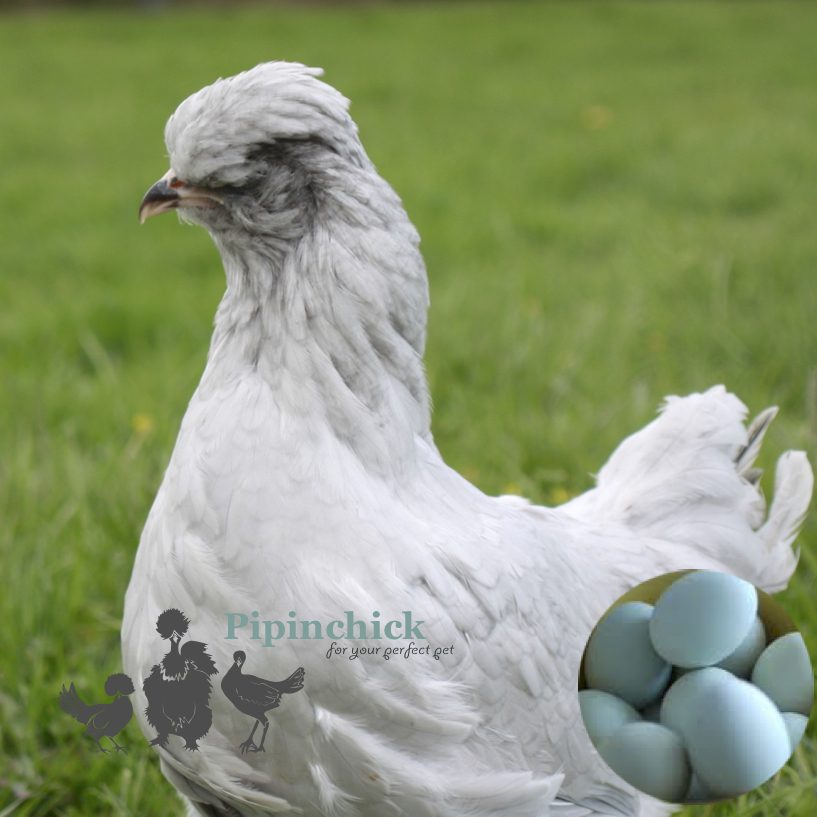
Chickens for Sale
We have many stunning chickens for sale at Pipinchick and as such they do tend to go very quickly when a new season starts.
To ensure you don’t miss out sign up to our Online Notifier.
Sadly, due to the number of hens we rear and the popularity of certain breeds and colour such as Blue Silkie Chickens, or Rare Japanese Bantams we are unable to take manual reservations so our online notifier is by far the best weay to make sure you get what you want next season.
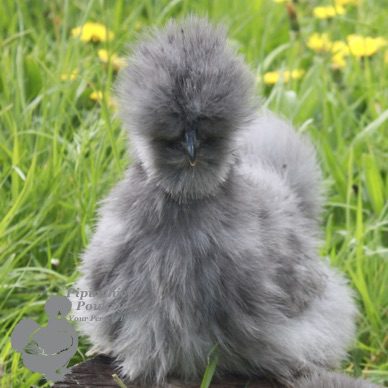
Online Notifier
If you would like to be notified when hens are available, simply pop your email into our notifier system.
This can be found through our Pet Chicken Shop, select the breeds you’re interested in, then pop your details in per colour, then once available you will be instantly notified.
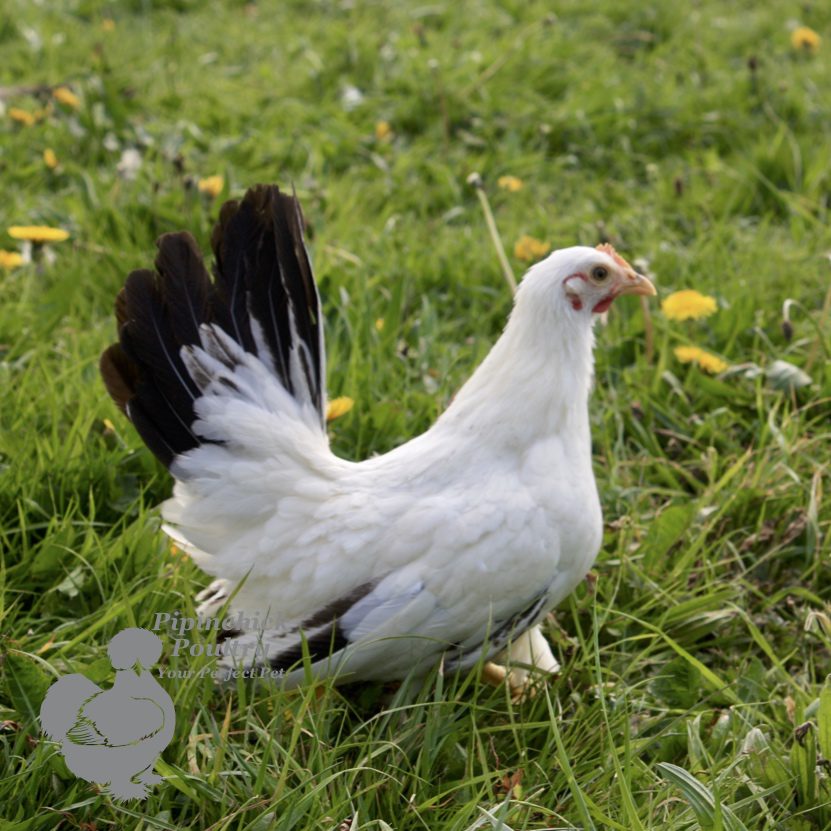
Pipinchick Subscriber
Another great way to ensure you get first pick is to become a Pipinchick Subscriber
Our Subscribers not only get a lovely gift box every month and 5% off all future accessory purchases but they also get priority on spring hens, you can then tell us what you want and before they go on offer via the website and you will be contacted by one of our team for first choice.
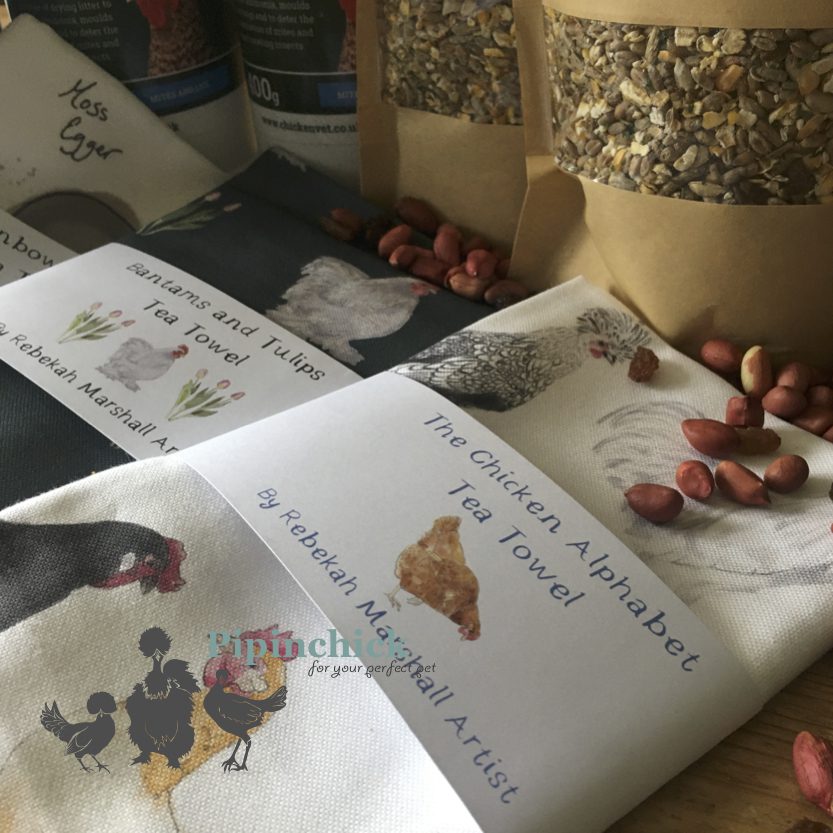
Better in Pairs?
We get asked a lot on the farm about how to pair or build your flock for the best and most harmonious group, it’s always a numbers game but can also be down to breeds and their need to be in their breed pairs.
There are so many gorgeous breeds of poultry to choose from and when selecting knowing you’re getting the ratio right is so important for long term harmony in your flock, for e.g. mixing hybrids with pure breeds is usually a no no and putting some bantams together also won’t work, to ensure you get it right you can always ask us or check our breed guides.
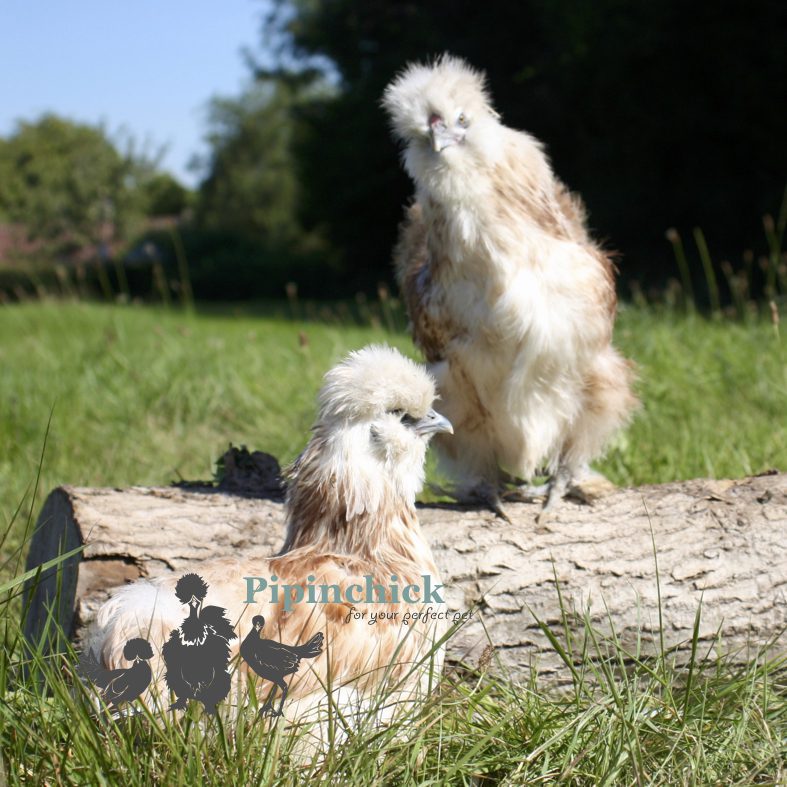
So, what hens are better in breed pairs and why?
Over the years we have learnt to rear many different breeds of chickens, and yes, each one is so unique and different. Sadly, this kind of learning journey does come with heartache and that is often how we learn moving forward. Over the years we have created raring environments suited to different breeds and as such have learnt how to combine hens in groups for the best harmony, and how not to!
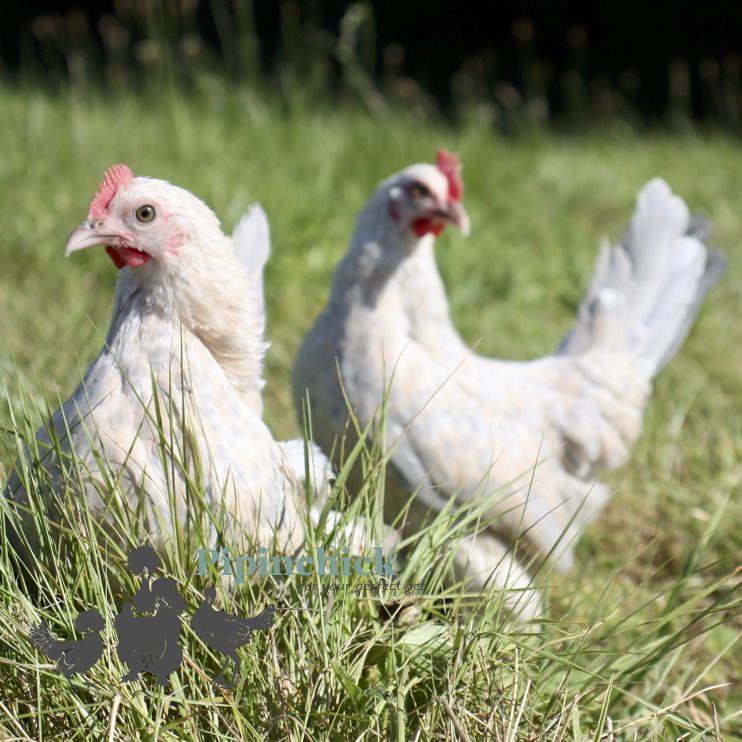
Before we dive into the breed pairings, our rule of thumb on flock mixing is if you want a completely mixed flock, i.e. one of everything, then having one hen on their own should be fine, provided you have another similar breed within the mixed flock, a mixed flock will create a flock and be harmonious even with the differing personalities. The problems will start as soon as you begin making pairs or groups for e.g. If you had 2 Silkies and 1 Polish, even though Silkies and Polish are both lovely, little, docile hens, the Polish being the only one of her kind will definitely be left out! However, you could have 2 Silkies and one Amearucana, this would be fine, as the Ameraucana are fairly robust and happy to do their own thing, they don’t necessarily need a breed pair for a companion and would probably flock together with the others anyway creating a flock of 3 or be content doing her own thing.
Below is our guide to which hens flourish in breed pairs and why.
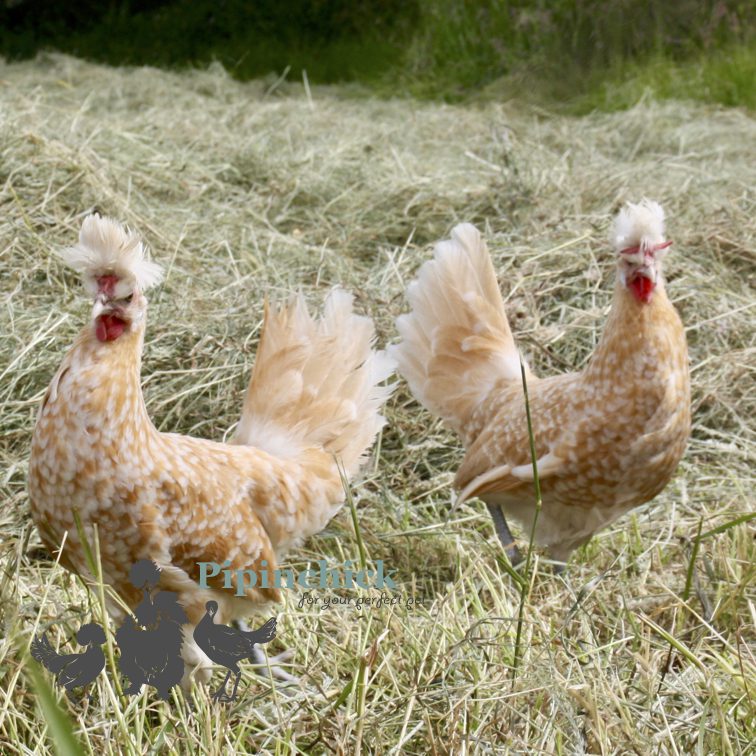
Padovana Chickens
These hens are perhaps the funniest and strangest chickens we rear but at the same time the absolute best in my opinions for pets and garden companions. They have such unique personalities and I don’t really think they know they are chickens at all. As such in a flock of ‘normal’ hens they get left out, they are like that eccentric child at school that no one quite gets or wants to play with. Being left out of a flock will make your chicken sad and depressed, this can then lead to them being bullied, pecked and in some cases can stop them eating, drinking and ultimately, they die. To ensure this doesn’t happen we always advise having a pair of Padovana in a flock, unless your flock is completely mixed. Padovanas will be fine in a mixed flock with any bantams, Brahma, Cochin, Ameraucana, Silkies, be careful with larger rangy pure breeds and do not mix with hybrids.
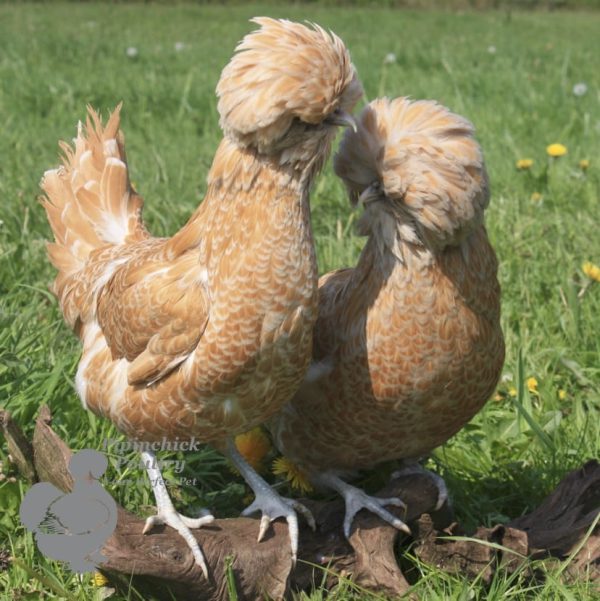
Bantam Polish and Laced Bantam Polish or Bantam Padovana
In the U.K. Laced bantam Polish are not called bantam Padovana, even though this is what they are. Polish have white crests as a rule and the bantam Padovana are self-crested and sometimes bearded, they are 2 different breeds of chickens. The reason they are called bantam laced Polish is because they all have very similar characters, they are completely ditsy, silly and a bit neurotic, again as with the large Padovana this makes them behave differently from ‘normal’ foraging breeds. They like people, want to be with you, prefer small set ups and ultimately do not do well in mixed flocks of big rangy breeds, keeping these little birds in pairs will give you the best success, even in mixed flocks we advise pairing these little ladies.
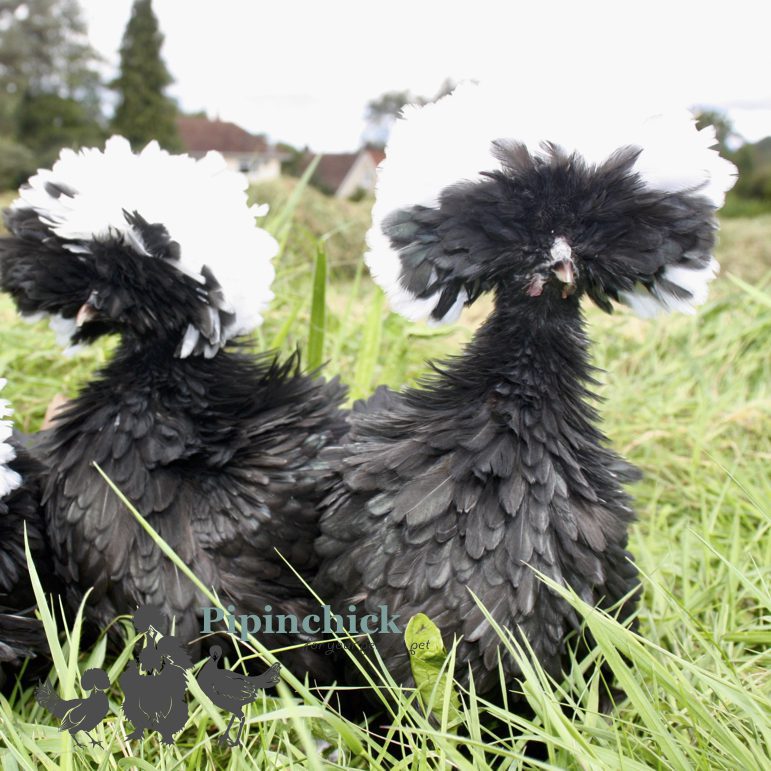
Bearded and Non-Bearded Silkies
These little fuzzy fluff balls, do need to have a likeminded companion, although not as ditsy as the Polish they are still a bit dim, the non-bearded hens are much smarter than the bearded but even so they do need a breed companion. Bearded Silkies are even more timid and if in a flock of larger or even smaller but more feisty bantams such as Pekins will not defend themselves if attacked, they are easy targets for bullying, in pairs they create a more united front and are less of a target. Non-Bearded Silkies are tougher, but we still advise having a pair, also, they don’t mix as a pair, you would need 2 non bearded or 2 bearded you can’t have one of each as a breed pair as their characters are so different.
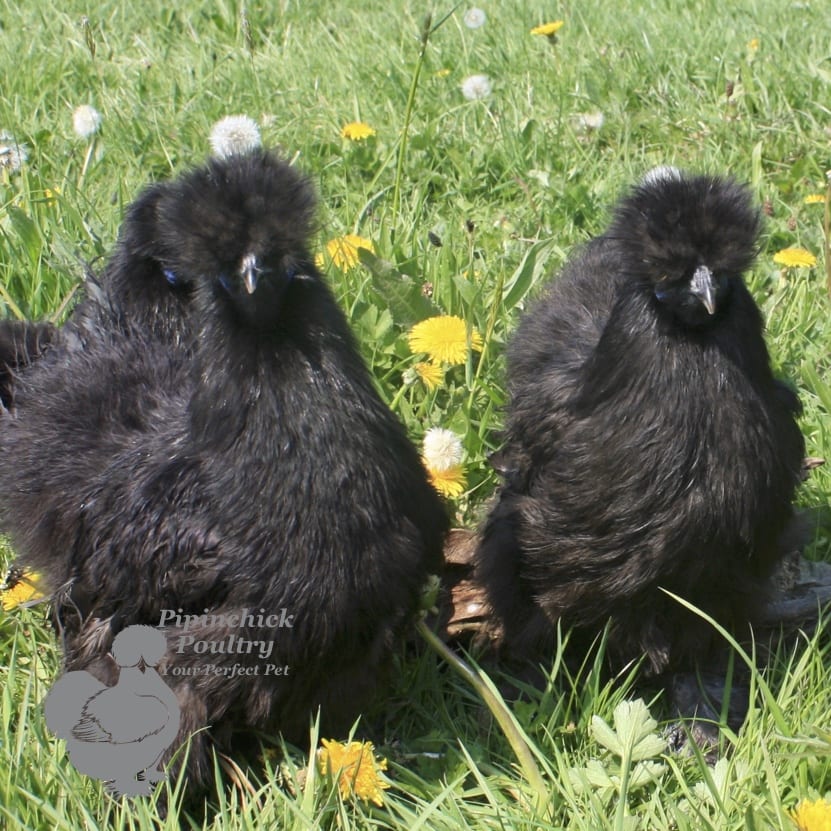
Bantam d’Uccles
Oh these little delicate creatures are just so pretty and lovely, again, a little ditsy but because of their size they are such easy targets, some smaller bantam such as Bantam Ardennaise or the Sablepoot will hold their own and are very sturdy and confident little bantams but the sweet d’Uccles are just too timid, if bullied as with the Silkie they just take it and will likely stand still and allow themselves to be pecked to bits. NEVER put these little hens with large rangy pure breeds or hybrids, keep with like bantams and always in breed pairs.
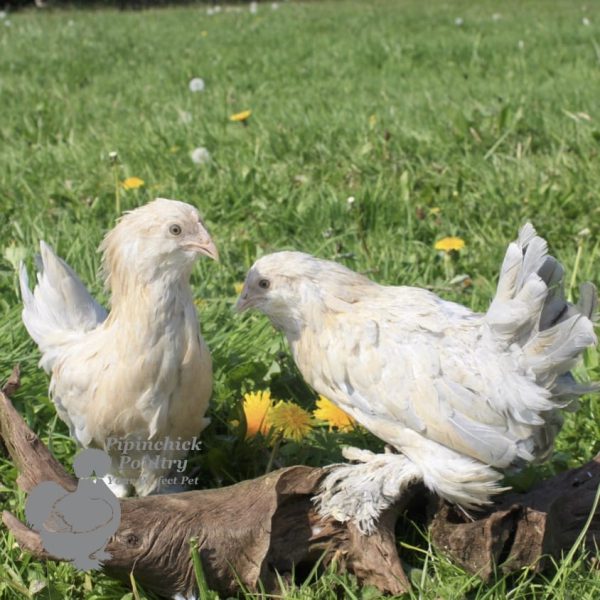
Bantam Faverolles
Although these little guys are very forward, confident and capable they are always the victims if in with larger hens, they have lovely characters and enjoy human company, but as such I feel a little naive around other hens, they are like that one friend who always gets in trouble because they see the good in others, that’s a bantam Faverolles, they tend to bound up wanting to make friends and then the larger or more aggressive birds will just peck them, they often get left out if on their own so again, always in pairs.
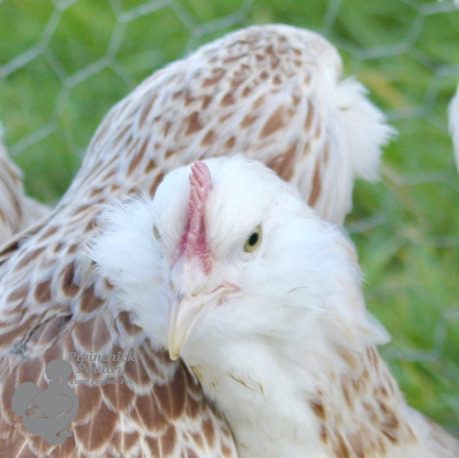
Chabo or Japanese Bantams
Such little and delicate hens, they are much like the d’Uccles in that they are gentle and small, they do fair a little better than some of the above but in a large flock would definitely need a breed pair. They can be a little skittish in comparison and I think it’s this skittish and slightly erratic behaviour that can make the other more ‘normal’ hens feel uneasy around them, this then leads to bullying, if in breed pairs they will go off together doing their own thing and be more content.
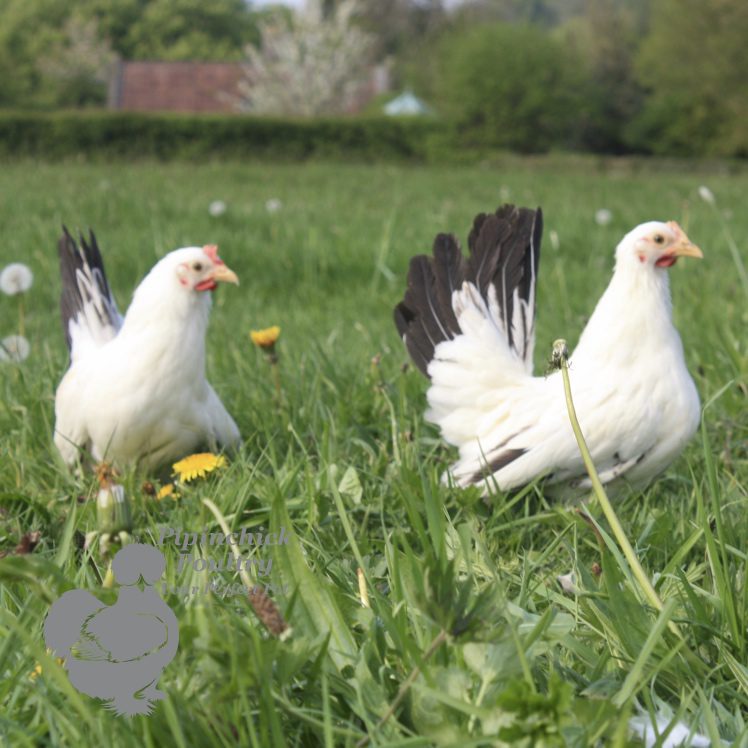
There are always exceptions to a rule and I am sure some of you out there may have the one in a million bantam Polish flourishing in a flock of hybrids, but as a rule the above need to be in pairs.
Do Chickens Make Good Pets?
There are so many breeds of chicken available from various types of Hybrid Laying Hens to cute and fluffy Bantams. They come in all sizes and colours and even lay different coloured eggs. Many first-time chicken keepers look at getting laying chickens to give them fresh eggs and provide a learning experience for their children, teaching them how to care for an animal and the rewards that you get form putting in the hard work of looking after them.
But more and more people are looking to chickens as an alternative to a cat or dog as a pet hen, so are chickens good as pets?
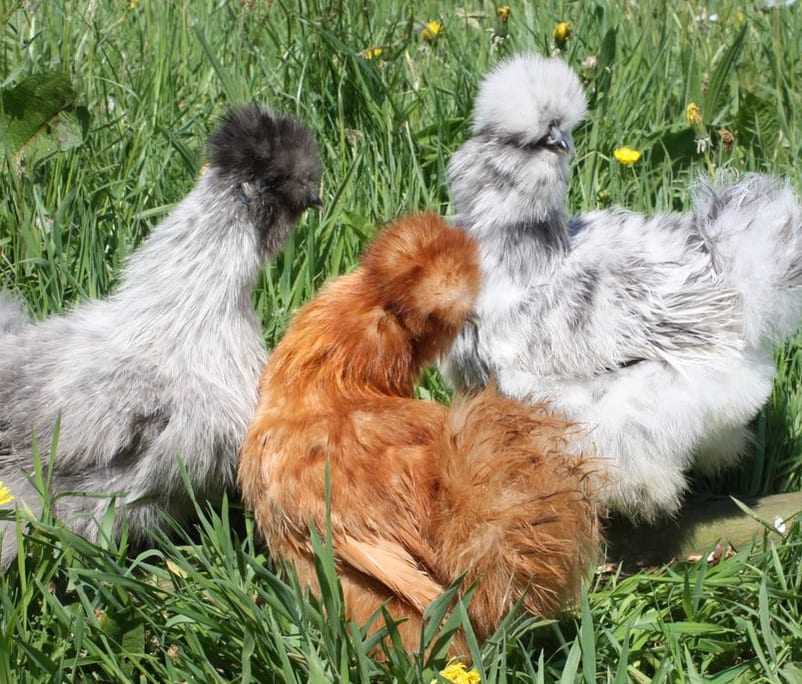
YES, they are!
There are many breeds of chicken that are better as laying hens and to be admired from a distance as they chicken about the fields, but there are many breeds of chickens especially the bantam chickens that Pipinchick rear that make wonderful pet chickens as well.
Chickens although will need care like any other animal, they are well suited to a busy lifestyle. As people are working longer hours and have less free time the pet chicken is becoming a favoured choice. They don’t need walking, can be left home ‘garden’ alone, they are pretty inexpensive to keep, with a bag of feed or grain costing anywhere from £4-£10 and let’s face is they’re just so cute and they give you eggs for breakfast!!
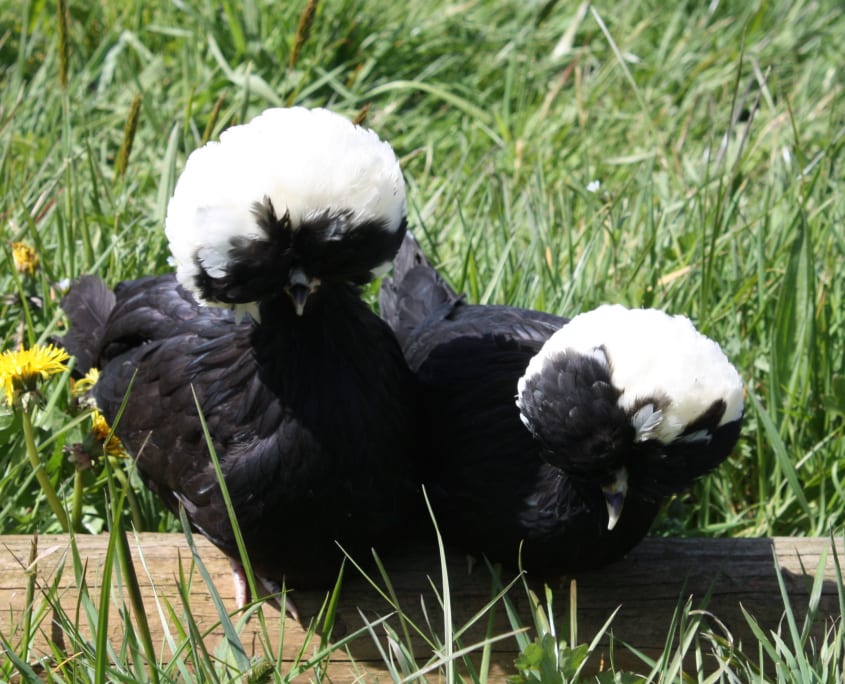
With more families living in smaller starter homes with less space chickens are ideal for pets, they live outside (bonus) and our bantam varieties need very little room and they don’t ruin your garden.
Not only are they great for many reasons as pets from being compact and needing little room, to not needing walks and live outside, but they are also very affectionate, funny, cuddly and make wonderful companions.
Picking the right pet chicken breed is key to making sure you get everything you want from your pet hen, ask our Pipinchick team when looking for a pet chicken for you children (or yourself) and they can advise.
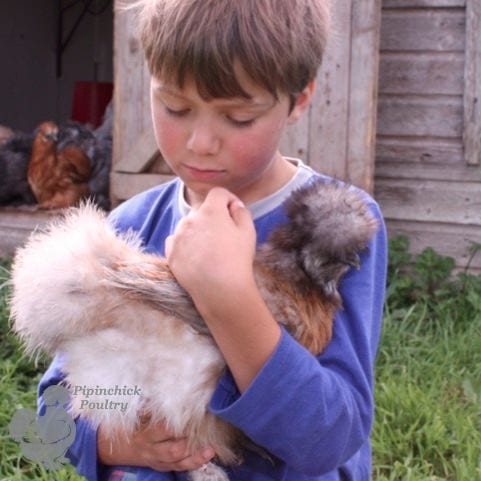
Top 5 Pet Chickens For Friendliness
- Silkie Hens
- Polish Hens
- Cochin Hens
- Bantam Faverolles Hens
- Pekin Bantam Hens

